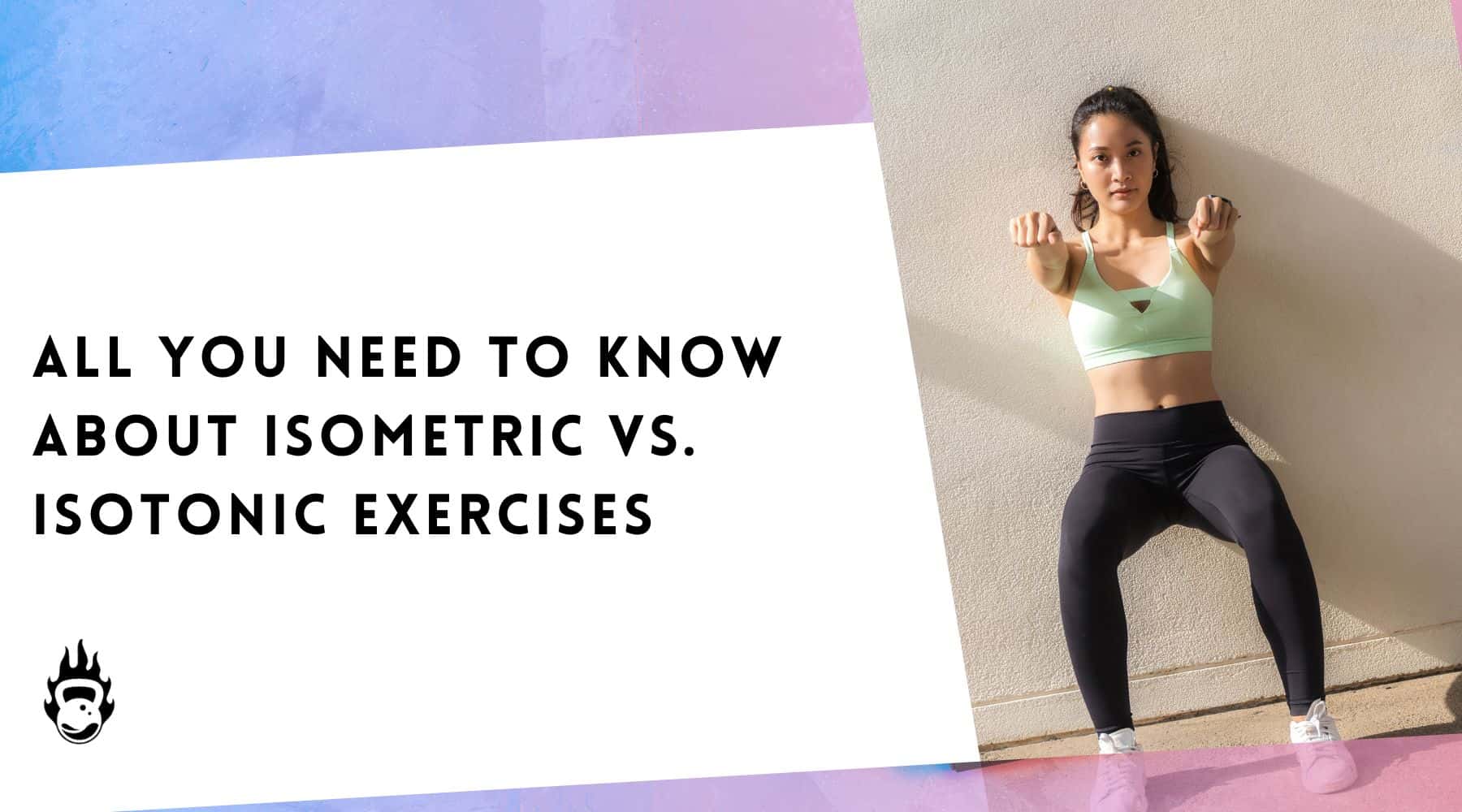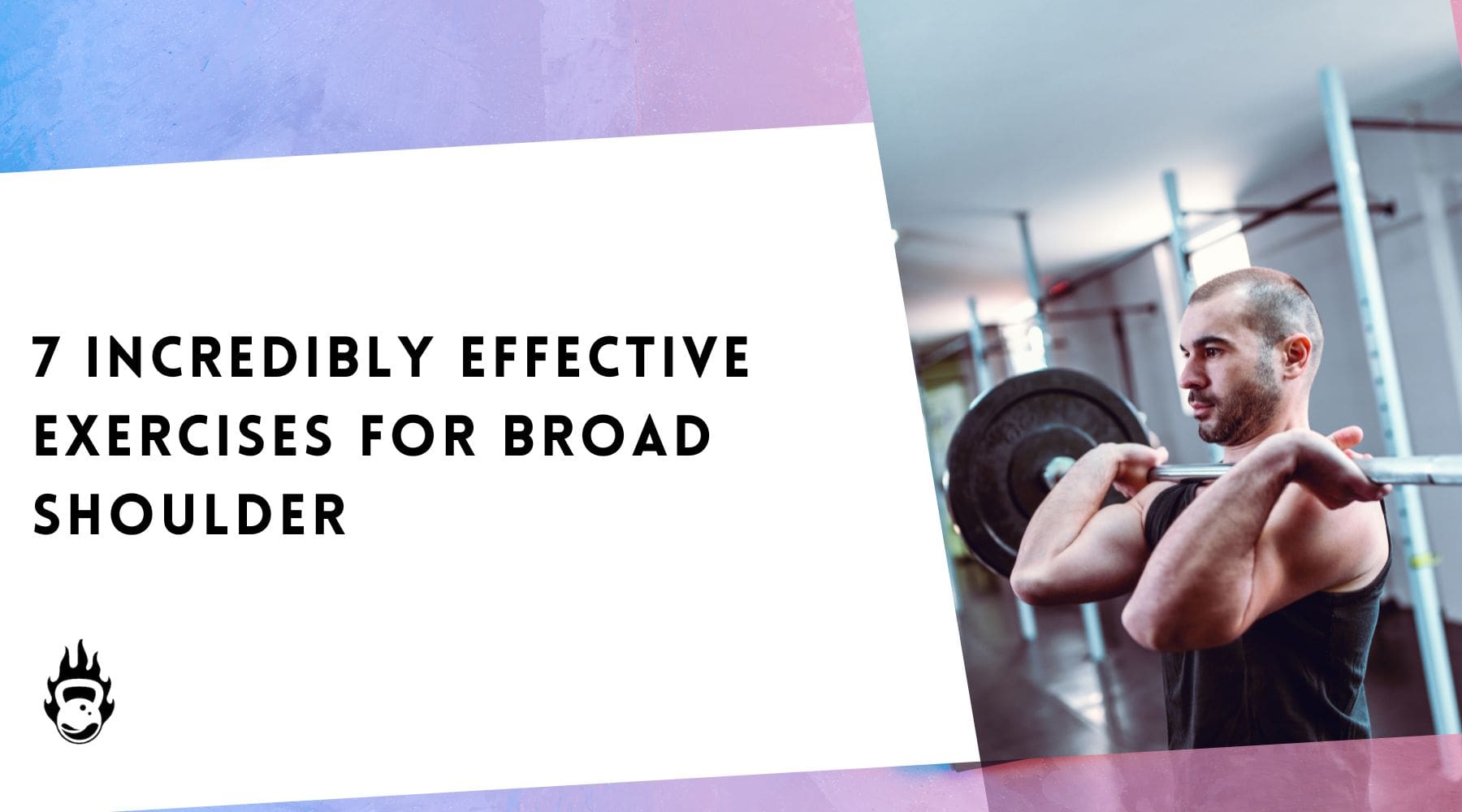Different Types of Yoga and Their Benefits

India is the origin of this great knowledge called Yoga, passed down over generations. As years passed by, however, it unfortunately lost its importance and value.
But thanks to various factors, Yoga is regaining popularity and recognition. People are becoming aware of the infinite benefits associated with this practice.
With growing popularity, people are bombarded with information about Yoga from all sources. In fact, the term Yoga and activities related to it have evolved and modified a lot over the years.
Sage Patanjali was considered the first source of knowledge for Yoga. He described eight limbs and the actual purpose of Yoga. But as the years passed by, newer forms of Yoga introduced by BKS Iyengar, Bikram, etc have gained popularity. Still the original classification of Yoga types is the one provided by Patanjali. He believed the purpose of Yogasanas is to find higher awareness.
Basics of Yoga
According to our ancient scripture, Bhagvad Gita, Yoga has five paths:
1. Karma Yoga
Karma Yoga means performing any action. Even the simple act of performing actions without expecting any results is also a form of Yoga.
2. Jnana Yoga
Jnana Yoga is the path of knowledge or wisdom.
3. Bhakti Yoga
Bhakti Yoga is the path of devotion. It is having complete faith in the divine to attain liberation.
4. Raja Yoga
Raja Yoga is the royal path of Yoga. It consists of eight limbs (Ashtanga Yoga).
5. Hatha Yoga
Hatha Yoga is practice of asanas to open energy channels and psychic centres to attain higher awareness. In modern day, Hatha Yoga has become the most popular form of Yoga.
‘Ha’ means sun and ‘tha’ means moon. These are the two Energy forms present in our body. It is believed that one can awaken ‘kundalini’ shakti by working on them. It consists of asanas, pranayamas and cleansing processes.
Overall a total of 84 asanas are part of Hatha Yoga. These asanas are practiced for the integration of mind and body.
Other Forms Of Physical Yoga
1. Vinyasa Yoga
Vinyasa Yoga is a series of asanas practiced one after the other seamlessly with proper breath control. Any sequence of asanas can be termed as Vinyasa. It is a more physically challenging practice with focus on energy and endurance. Main benefits of Vinyasa include:
- It helps build muscle strength as the transition between different poses at a fast pace requires strength.
- It builds better sense of balance and stability.
- It helps in weight loss as it is a mild form of cardio coupled with strength training.
Some of the popularly known Vinyasa series is Surya Namaskar (a set of 12 asanas practiced one after the other). Another popularly known series is Padma Sadhana. Any set of asanas practiced in a flow with a natural transition can be categorized as Vinyasa Yoga series.

2. Power Yoga
Power Yoga is a more dynamic and fast-paced variation of the traditional practice of Yoga. Unlike Hatha Yoga, there is no holding of postures involved in it.

Founded by Bender Birch in 1995, it is focused on generating heat in the body to burn calories. It can also be described as crossover between traditional Yoga and Cardio.
It is typically a repetition of a set of asanas very much like Vinyasa. However, here it is faster and involves a lot of core and stamina building.
Power Yoga may not be the best selection for improving nervous system or creating a more stable mind, but it is perfect for people suffering from stress and weight issues.
3. Iyengar Yoga
Iyengar Yoga is a recent form of Yoga developed by BKS Iyengar. It is different from the other forms of Yoga as it focuses on precision, sequence and use of props.It is good for people suffering from postural and structural problems.

Use of props was widely made popular by this form of practice. Props like Yoga blocks, belts, chairs, straps, bolsters, are commonly used in Iyengar Yoga. It focuses a lot on technique and precision and hence needs to be practiced in the presence of a guide.
4. Yin Yang Yoga
Yin Yang Yoga is another form of Yoga which is a fusion of the subtle healing practice of asanas and their dynamic flow.
Yin focuses on holding postures for a longer time benefitting the tissues, nervous system, and mind. Whereas Yang focuses on building strength, stamina, and flexibility by practicing a fast-paced series of asanas.
Typically, the practice starts from a slow-paced Yin practice to warm up the joints and muscles followed by a power packed sequence to energize and strengthen the muscles.
5. Restorative Yoga
Restorative Yoga is a deep relaxation practice with passive stretching. It intensively uses props in all the stretches. It is derived from BKS Iyengar Yoga.

The aim is to hold each posture for at least 5 minutes or more. Since the body weight is supported by props, it is relaxing and at the same time provides deep stretching.In a span of 1 hour, not more than 5-6 stretches/twists are practiced.
Props like blankets, bolsters, and blocks are used for providing the comfort needed for healing. It is also known as a meditative form of Yoga, with the goal being relaxation from stress.
There are a couple of other forms of Yoga, which are a derivation from the classical style of Yoga. These are:
6. Prenatal Yoga
Prenatal Yoga is essentially for pregnant women. It can be practiced in all trimesters, with specific asanas assigned to each trimester.
During the last trimester, asanas are focused on preparing women for labor and delivery. The second trimester’ asanas focus on developing a bond between the mother and child.
There is also use of props to enable women to bend forward or twist easily.
7. Jivamukti Yoga
Jivamukti Yoga follows five tenets of teaching. It fuses Hindu scripture teachings with Vinyasa Yoga. It believes that all creatures on Earth should co-exist and follow a path of Vegetarianism.
Final words
With so many options and paths available for one to follow, it can get a little confusing. What you choose is all dependent on your purpose to practice Yoga.
Find all the Yoga accessories for the ultimate yoga experience here.
By Soumya Suravarpu








Leave a comment